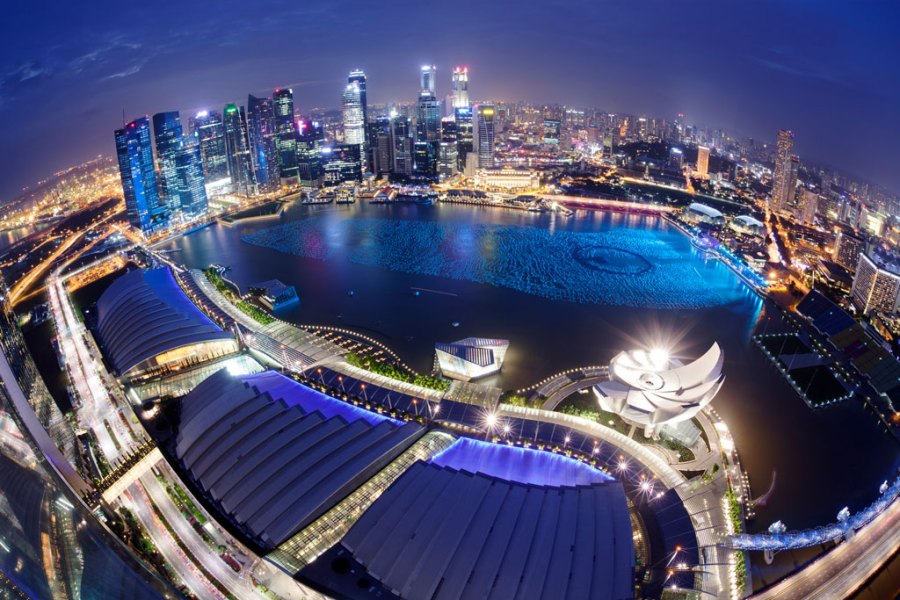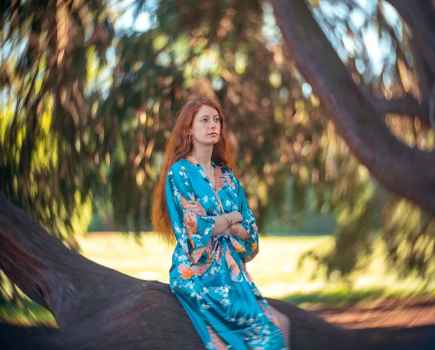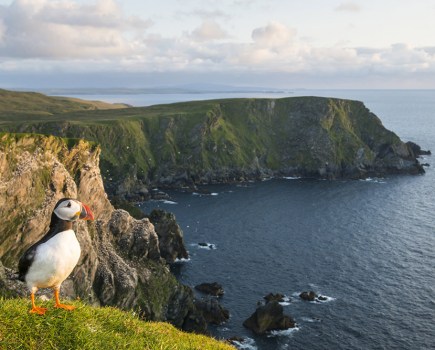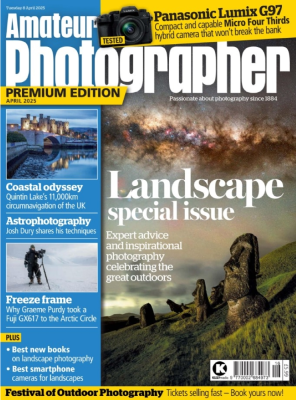Are you bored stiff of rigid, predictable photography? Do you fancy a damn good laugh distorting the world into a rowdy disorder, instead of a fusty, academic approach? Would you like to use a lens that can look behind you? David Clapp guides us on how to get amazing results with fisheye lenses.
You can probably already sense that the fisheye lens got me hooked at an early point. The results can be so utterly bizarre. It can be used for everything – landscape, architecture, astro, interiors, advertising and even hilarious portraits if you like humiliating your subject with bulging eyes and aviation noses. Children love fisheye lenses, so let me bring out your inner child by letting go of convention and embracing the abstract.
David’s Top Tips for Creative Fisheye Shots:
- Be playful: you need to be creative, or you will do the fisheye no justice. Head-height fisheye shots are so boring; you need to bend and distort with the camera to capture interesting angles.
- Shoot people and pets: make yourself and your family laugh for endless hours with fisheye comedy. Huge noses, swollen eyes and tiny feet are the name of the game!
- Look for symmetry: underground stations, tunnels, walkways and escalators are all wonderful subjects when applying precision camera placement. Look for centre lines and visual clues on the floor to help.
- Look for lines: look for cables on bridges and strong leading lines to pull the viewer into the image with a vortex-like feel. Compose with an interesting centre point.
- Look for landmarks: the Brooklyn Bridge in the USA was a wonderful example of a structure filled with lines that was greatly enhanced by a fisheye lens.
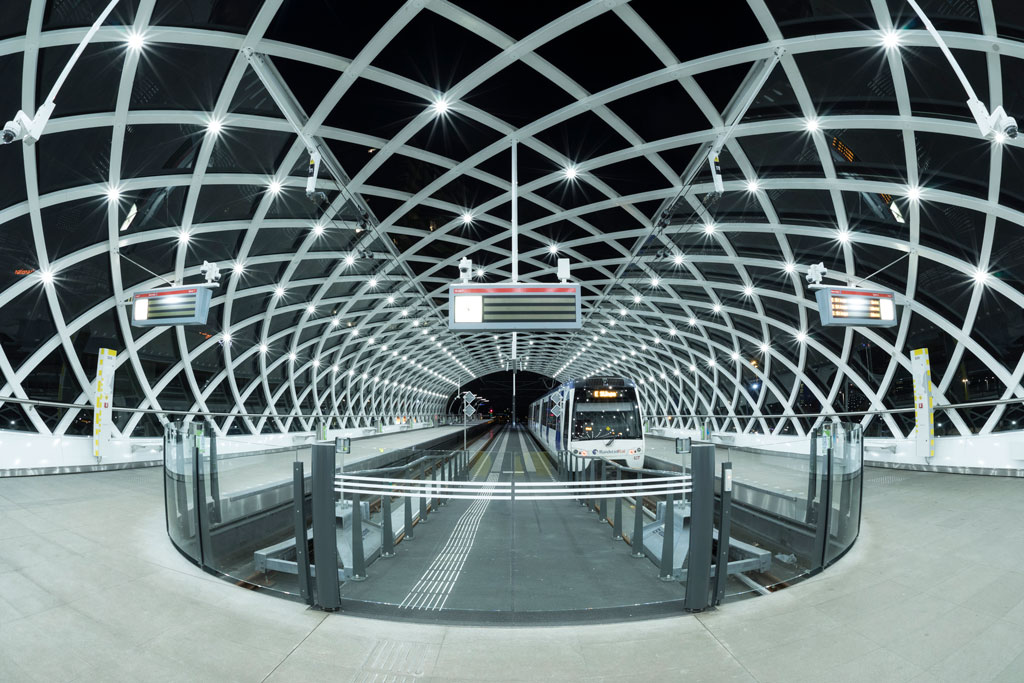
- Be different: make your image portfolio memorable by showing an even wider angle of diversity by using a fisheye lens. Say something truly different by enhancing the environment around you.
- Use grid lines: grid lines are the most helpful way of aligning the camera. Ensure you use a 6×4 Grid mode, not a 3×3, as you get a vertical and horizontal centre line.
- Every day is a fisheye day: make it your everyday lens. Too many photographers simply put it in the cupboard and fall out of love with it, after never fully understanding its strengths.
- Be experimental: experiment with ludicrous amounts of depth of field. Even f/5.6 will give everything from 50cm to infinity in focus.
- Embrace circular images: if you own a zoom fisheye like an 8-15mm, you will be so surprised by how exciting the lens can be. The images appear like a glass globe.
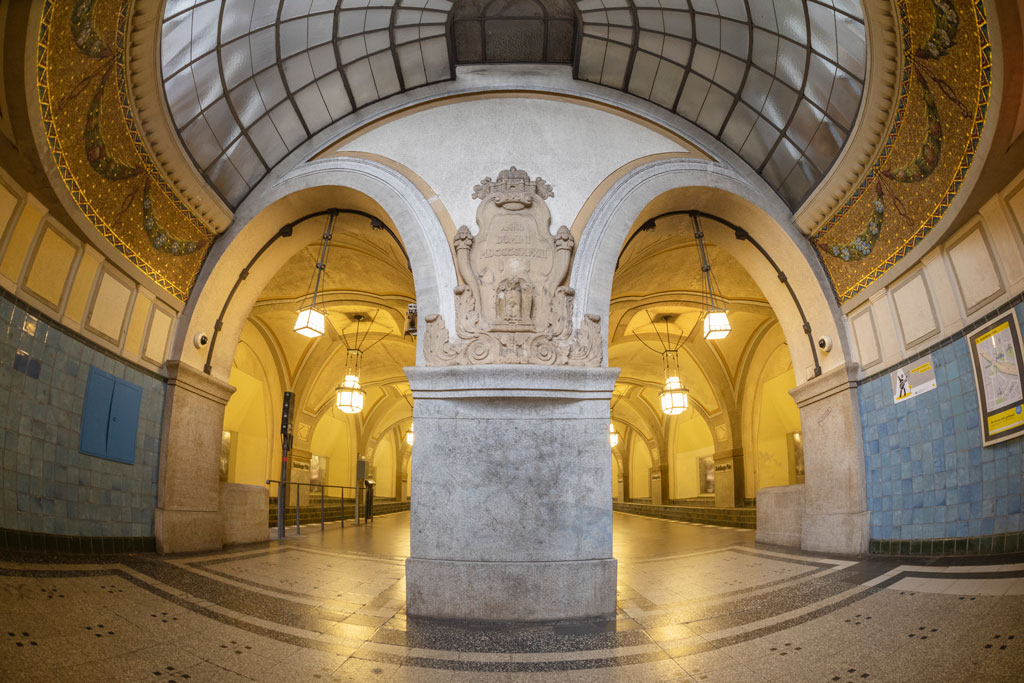
How fisheye lenses work
A 15mm fisheye lens (15mm being a typical focal length for this type of lens) is specifically designed to capture an ultra-wide field of view, often up to 180°. This is achieved through a unique lens construction that intentionally distorts the image, creating a hemispherical or panoramic effect. The fisheye lens projects a portion of a sphere onto a flat surface (the sensor), which results in the characteristic wide angle and distorted appearance. In contrast, a 16mm lens (let’s imagine the popular 16-35mm focal length), which is typically a rectilinear lens, is designed to do the opposite, minimise distortion and maintain straight lines. This type of lens provides a narrower field of view, around 80°, because it aims to represent the scene more naturally, without the spherical distortion.

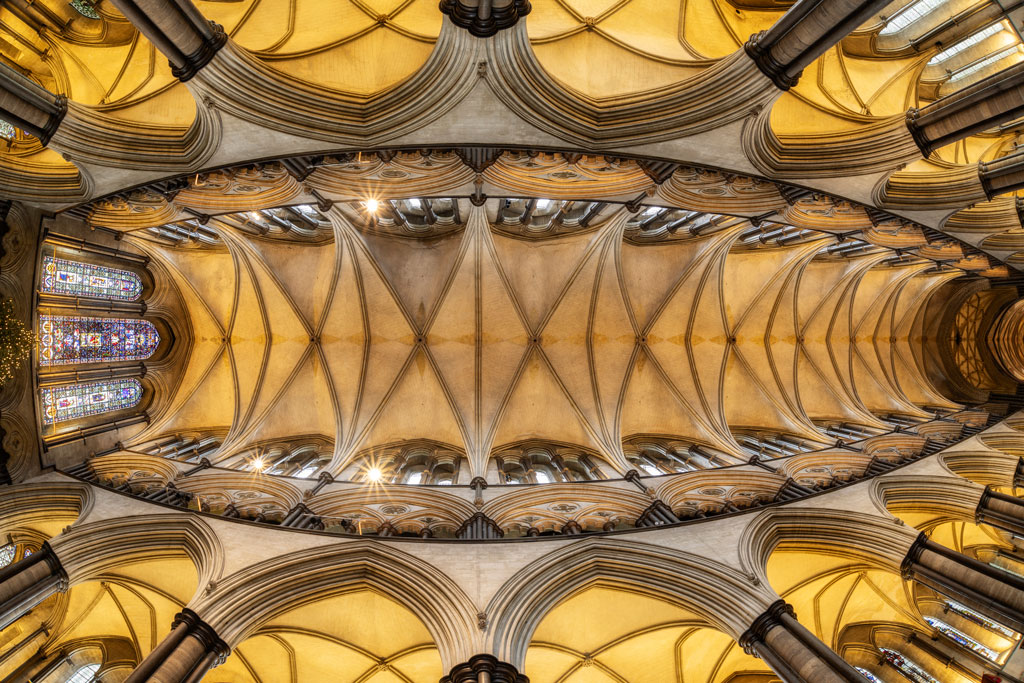
Crop circles
Here’s where things get really wild. I own a 15-year-old Sigma 15mm fisheye lens (available in many formats) and for this article I borrowed a Canon 8-15mm f/4L lens from Canon UK. What on earth do you need a zoom fisheye for? The answer is to do with sensor size. The lens is designed to work with both full-frame and crop-sensor cameras. On full-frame cameras, it is designed to work at the 15mm end. When using a crop-sensor camera, at 8mm the picture looks almost the same as 15mm on a full-frame camera. The bonus here is the full-frame sensor shoots perfectly circular 180º images at 8mm. That’s an enormous amount of unintended fun.
Subject matters
Think of a fisheye like the tilt-shift lens. In the right circumstances, there is no better tool, but they will get less attention than a standard wide-angle lens. I have used a fisheye lens for shooting aurora, astro (it’s not that great) and landscapes (trees) but I find it most useful when I’m shooting architecture.
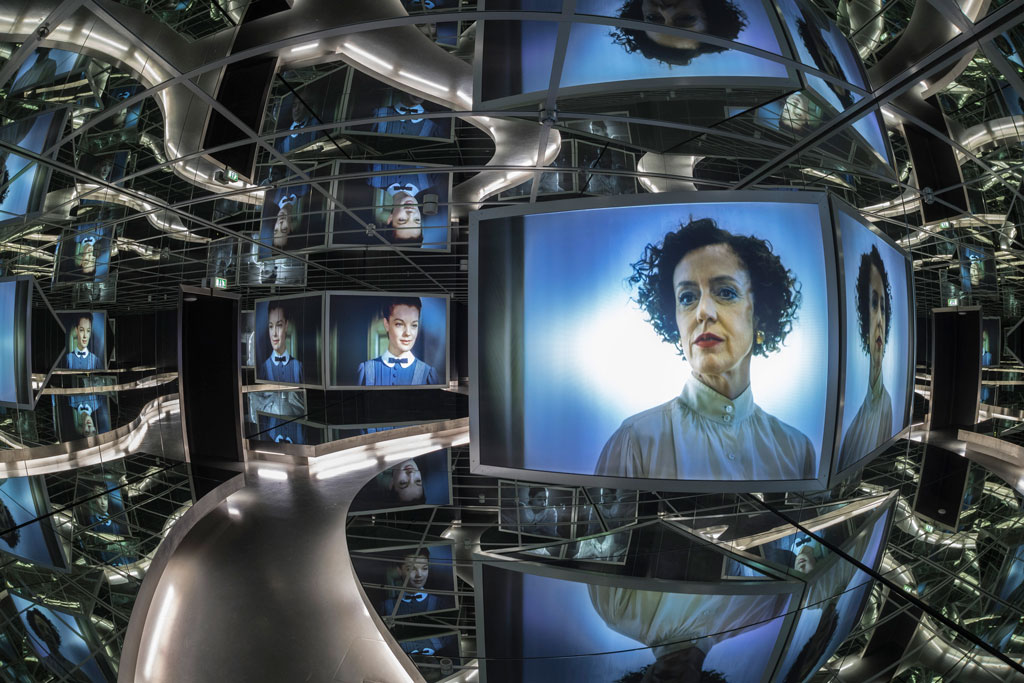
A city break like Berlin benefited hugely from my little Sigma 15mm. I used it to photograph mind-bending interiors as well as shooting vertically upwards, to stretch the width of historical subjects like cathedral domes, impossible with any other lens. I shot the symmetrical underground stations and had incredible results at a stadium, where a 16-35mm was second best.
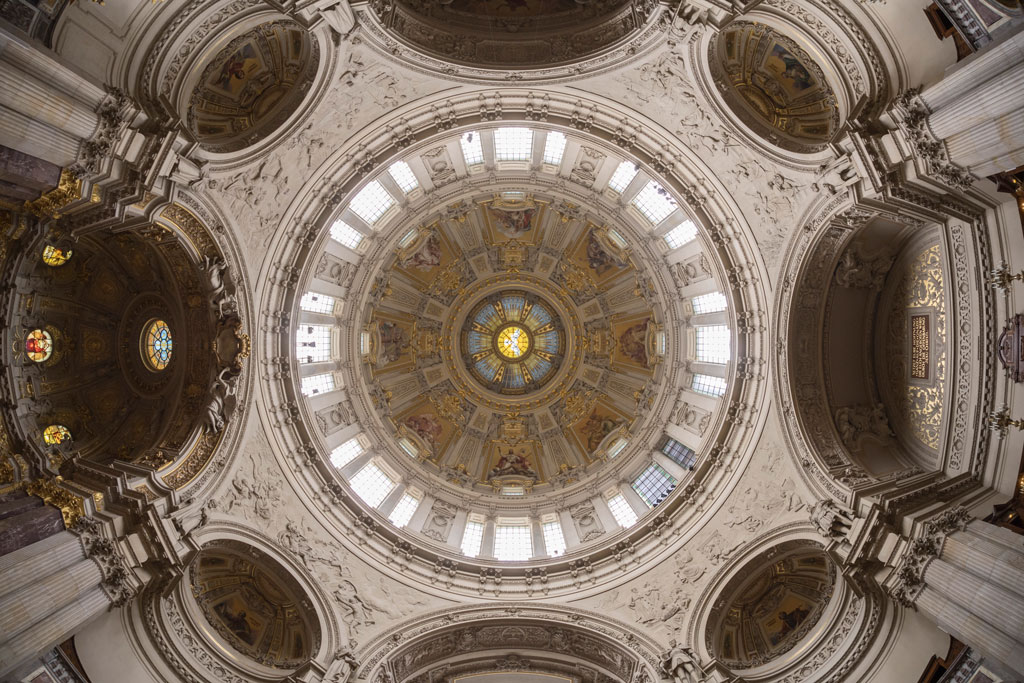
I have photographed vistas in Singapore, making the skyline look like a small planet. Recently I visited a modular synthesiser shop in Bristol and photographed racks of cables and buttons – the more frenzy the better as far as I’m concerned.
I stand uncorrected
When it comes to processing a fisheye image, Lightroom will apply lens correction on import if you’re not paying attention. Switch it off, otherwise ponder what is the point of a fisheye? Arguably, Lightroom can also make rectilinear images from incredibly tight spaces, but I will let you know now that the corners will be truly horrible! Let this spherical world project into your imagination. You will be astounded by the results.
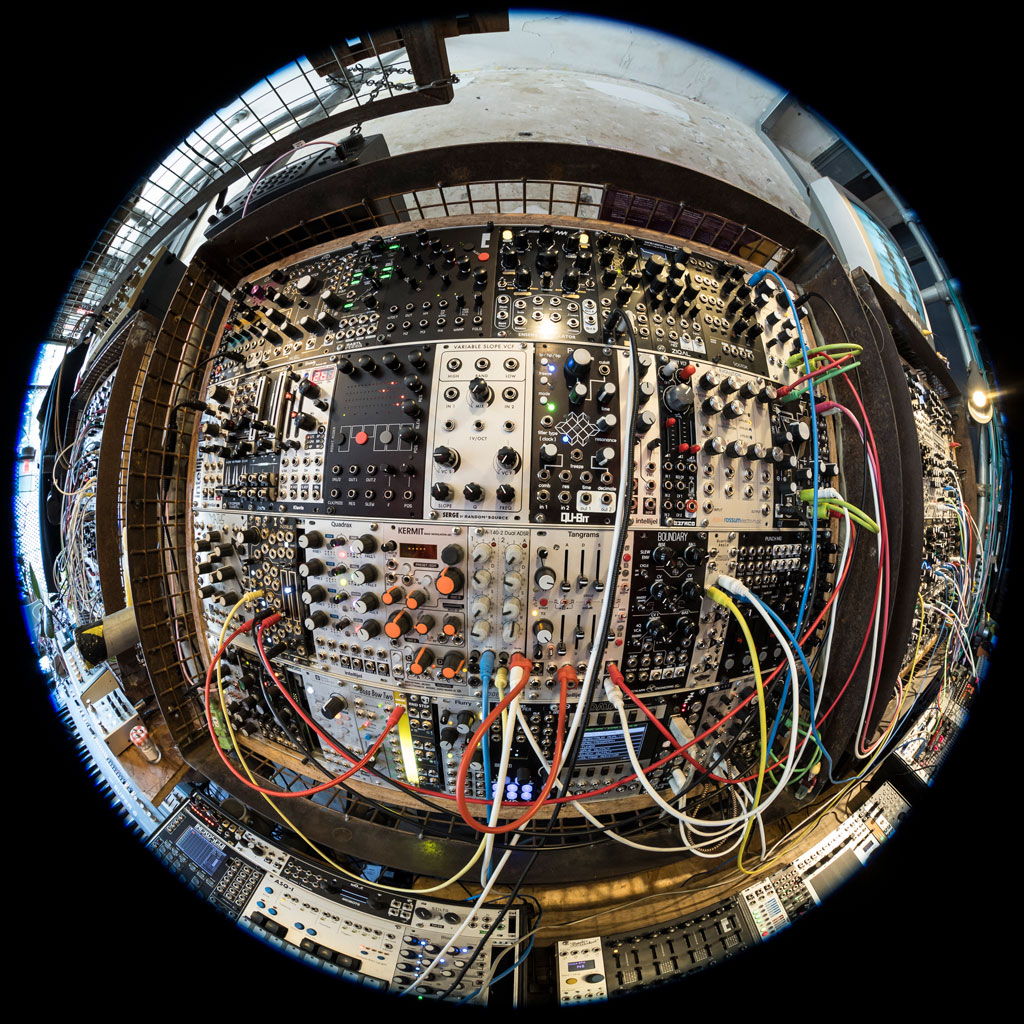
Alignment and misalignment
The first thing to do is turn on your Grid Mode inside your camera. A neat architectural trick to ensure you use 6×4 mode and forget about 3×3. This will give you four by six divisions, creating a centre line. Choose a symmetrical subject, like a country church to get you going. Looking straight upwards, ensure you have the centre line of the ceiling positioned so that it runs along the grid. Remember, the smallest of movements will cause the edges to misalign, so the fisheye ceiling photographer will spend ten to fifteen seconds aligning every corner with perfection before pressing the shutter and exhaling. The corners will also move a lot more than the centre of the image, so image stabilisation in low light is essential if a tripod is not allowed.
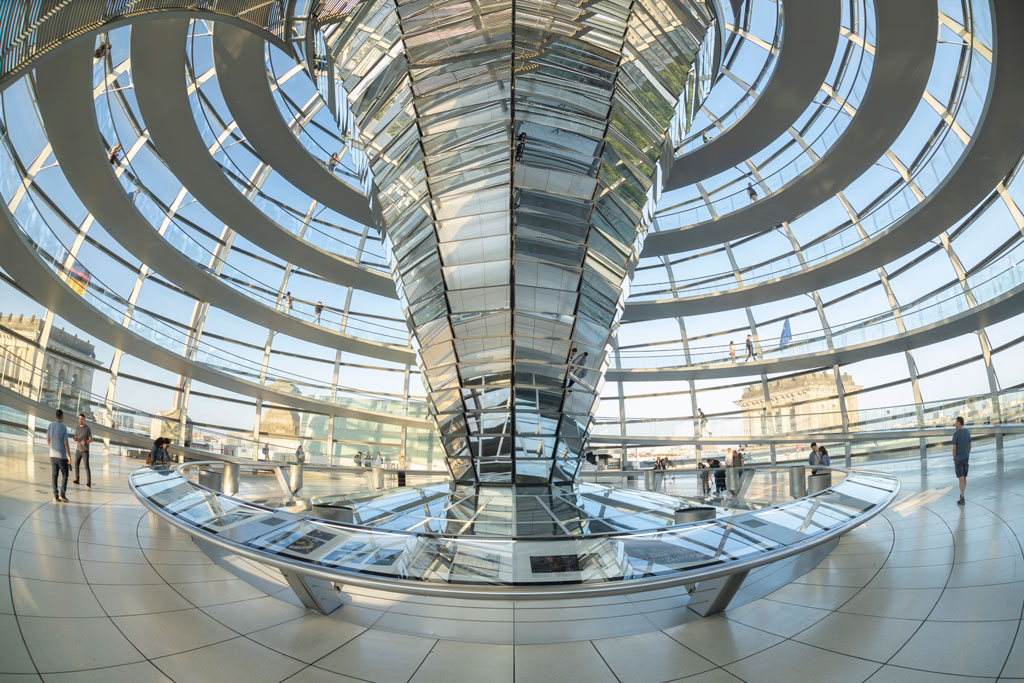
Trawling for Fisheye
Isn’t all this optical wackiness going to be rather expensive? The answer is yes and no. The older and now retired Sigma 15mm f/2.8 EX DG I own is just £200+ on the second-hand market. It has a weird spray-on and somewhat rubbery coating, but it feels strangely tactile. It has dog-slow focusing motor whines, but I think this should be retrospectively loved. The spanking new Sigma 15mm f/1.4 AF DG DN will cost you £1,859 at the time of writing. With the trusty f/2.8 being comparably sharp, light, small and so affordable, I do wonder what the additional £1,650 is going to give (perhaps get in touch, Sigma). It is available in many different mounts.
For Nikon users, there’s the Nikon AF-S 8-15mm f/3.5-4.5E ED (£1,050). The Olympus offers the 8mm Olympus f/1.8 M.Zuiko Digital ED (£849) and let’s look at Sony A Mount, the Sony 16mm f/2.8 fisheye Lens (£800). Sony users could go with the Metabones route and choose the Canon options as well as the Sigma Canon fit.
There are also manual focus options available from Samyang as well as from 7Artisans. Samyang/Rokinon 12mm f/2.8 ED AS NCS seems to be closer to 14mm on the Canon 8-15mm, but regardless has a great lower price point of a few hundred pounds second-hand.
Check Wex Photo Video, Mifsuds, Camera Centre UK and all the other usual second-hand stores for bargains.
Why it Works
On a trip to Singapore in 2012, I became obsessed with Marina Bay. This beautiful glistening city really came alive at night, so I booked tickets to go to the top of the Marina Bay Sands Hotel. This triple tower block gave me exceptional views across the city. I had to leave my tripod downstairs, but luckily, I had my Gorillapod wedged into the side pocket of my camera bag.
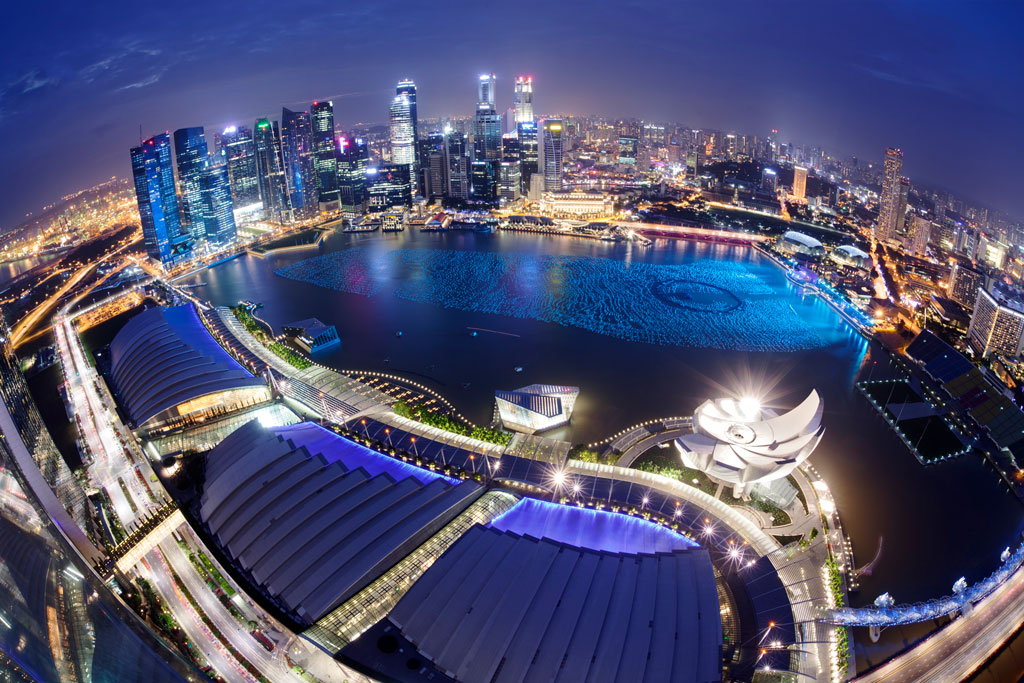
Using the Sigma 15mm fisheye, I was able to capture a huge scene with everything from one side of the harbour to the other, vertically downwards as well. As soon as I tipped the camera downwards, the horizon began to converge outwards, as though I was seeing the curvature of the Earth. It felt like a metaphor for a congested planet.
I shot the image at f/11, 15 seconds, but now understanding the lens, I could have shot it at f/5.6 and seen barely any difference. The corners are great throughout (except f/2.8).
Closing thoughts
If you buy a second-hand, lightweight lens like the aged Sigma 15mm, just as an experiment, you could have a lot of fun and keep a lot of notes still in the bank. I will tell you now it will sit in the cupboard, but you will also connect with it, as it can produce results like no other lens. It will add creative colour to your portfolio and if used with precision, its effect can appear almost invisible. Vertical imagery like cathedral ceilings look even more spacious and you can go on a riot of symmetrical fun.
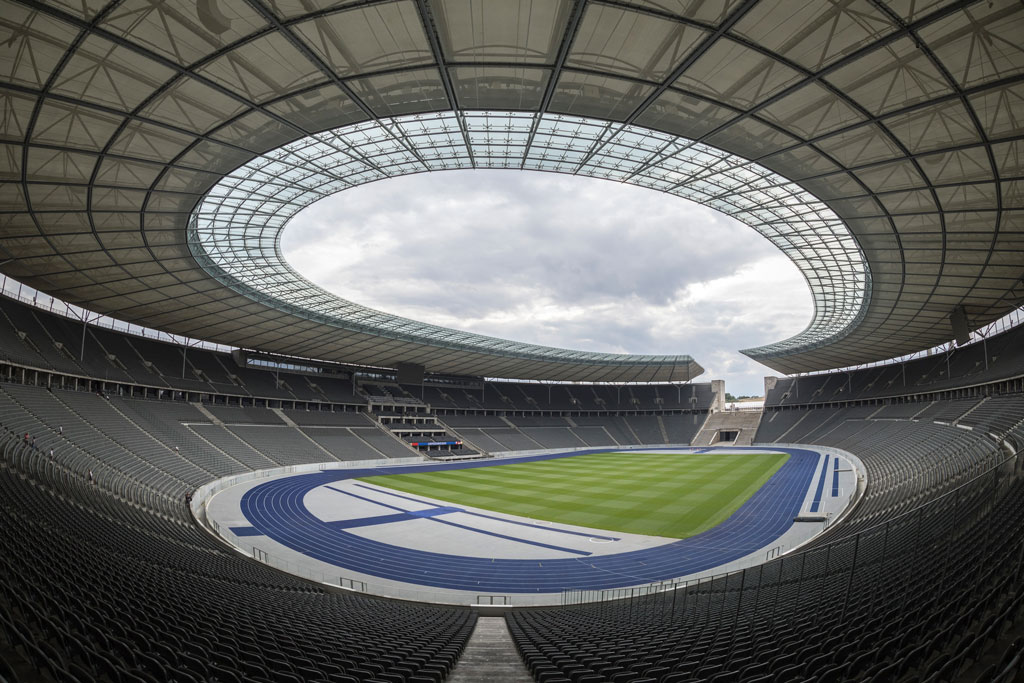
Use your camera’s grid mode and viewfinder spirit level to make sure you’re aligned as precisely as possible. The true magic will be revealed, similar to when using a tilt-shift lens. Be careful – the smallest movements will hugely affect the corners, and those inaccuracies will be there for all to see. It will not tolerate unthought-out compositions or sloppy attention to detail. The fisheye can make you look rather foolish, so give your images the utmost scrutiny.
David Clapp
David Clapp’s sense of creative direction is like a broken compass. Now in his 50s and unable to make the photographic ship steer in a straight line, he has now realised perhaps it is best to let it steer itself. www.davidclapp.co.uk
Related reading:
- Why you need a wideangle prime lens for landscapes and travel
- Turn ultra-wide angle lenses into shift lenses with the Laowa Magic Shift Converter for Sony
- Get the most from wide-angle lenses
- How to fix wide-angle lens distortions for good

